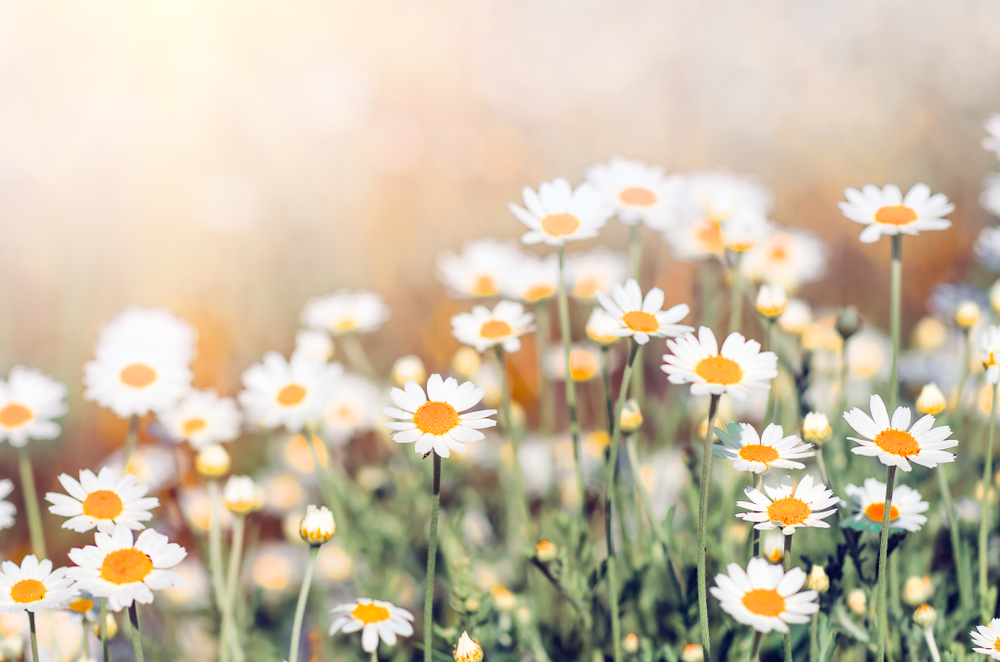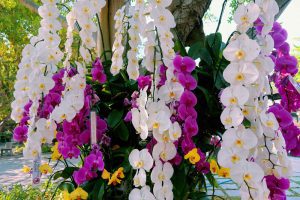The national flower of Russia is the chamomile, a flower that has the image and quaintness of a daisy but offers more power to the world than the “loves-me-not” flower.
The chamomile flower is a beautiful little thing, with white petals and a bright center.
It was named the official national flower of Russia in 1998 due to its prevalence and symbolic significance of lending health benefits to those who consume it.
Today, chamomile is a flower that is a part of everyday culture in the country of Russia.
There are many different kinds of chamomile, with the Russian chamomile being the Matricariarecutitais, or the Roman chamomile. Chamomile is used in various herbal remedies such as teas and tinctures and even as decoration in Russian homes.
Russians use this flower daily and consider it as much a staple as they would sliced bread.
Let’s take a look at chamomile, Russia’s national flower, and learn more about its uses and significance.
Table of Contents
About Chamomile: The National Flower of Russia
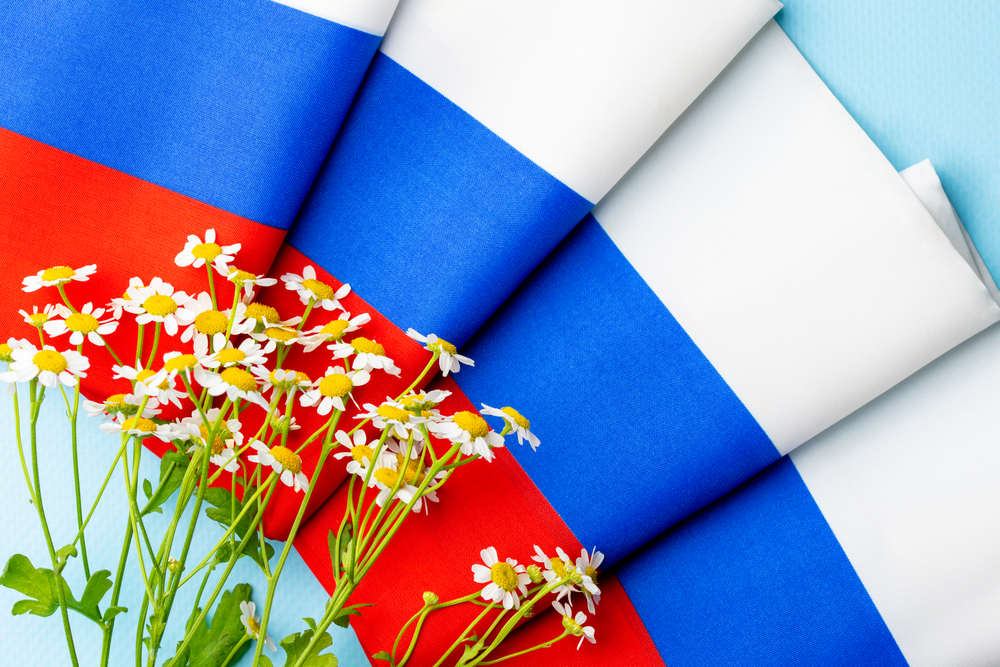
The national flower of Russia is the Roman chamomile, known as Matricariarecutitais. It is also commonly called mayweed; however, many find the name chamomile more elegant.
It is classified in the Asteraceae family and further classified in Matricaria, part of the Recutita species. It is given the Asteraceae classification because of the pretty white petals and bright sunny center of this flower.
Interestingly, the word chamomile comes from the Greek term “kamai” which translates to “healthy apple.”
In cultures all over the world, Chamomile is used for health and healing purposes and is said to treat the symptoms of many ailments.
This flower grows from 10 centimeters to 60 centimeters, or four inches to 24 inches, tall. The actual floral portion of the plant is much smaller, with a diameter of approximately 2.5 centimeters, or 1 inch.
This flower will typically have approximately 20 petals per flower.
Chamomile’s Habitat
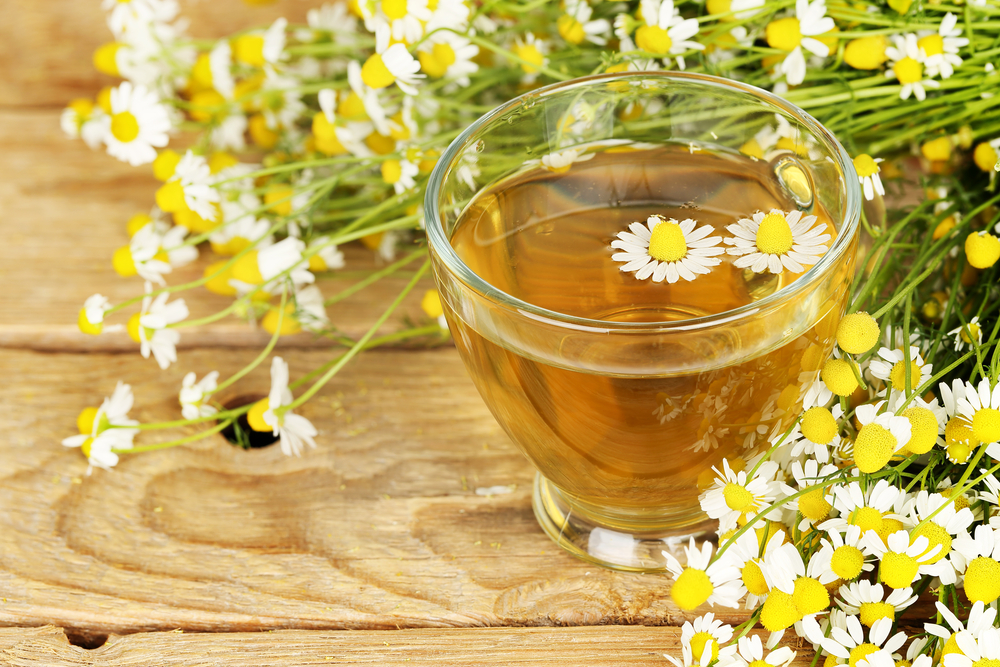
The specific chamomile that is Russia’s national flower is also called Roman chamomile and is considered more potent than any other chamomile when it comes to herbal and medicinal uses.
The habitat of the Roman chamomile needs to be warmer than that needed by other chamomiles so that this plant can grow in a creeping pattern to reach its full height. The blooming season for chamomile is typically in late spring and early summer.
While it is the national flower of Russia, it is cultivated and grown all over the world.
Chamomile functions best in temperatures ranging from 7 degrees Celsius (44.6 Fahrenheit) to 26 degrees Celsius (78.8 degrees Fahrenheit). This plant requires full sun and needs soil that can drain well.
The Roman chamomile, which is the national flower of Russia, should not be confused with the German chamomile, which has a different kind of required habitat.
The German chamomile can survive in poorer soil than the Roman chamomile, and you could hurt the Roman chamomile if you try to grow it in similar conditions as the German variety.
When the Roman chamomile is in full bloom, its heads can be picked and dried to be used for the infamous chamomile tea or any other purpose.
The chamomile starts growing in the late spring and has a two-month blooming and growing season.
Why Russia Selected Chamomile as Its National Flower
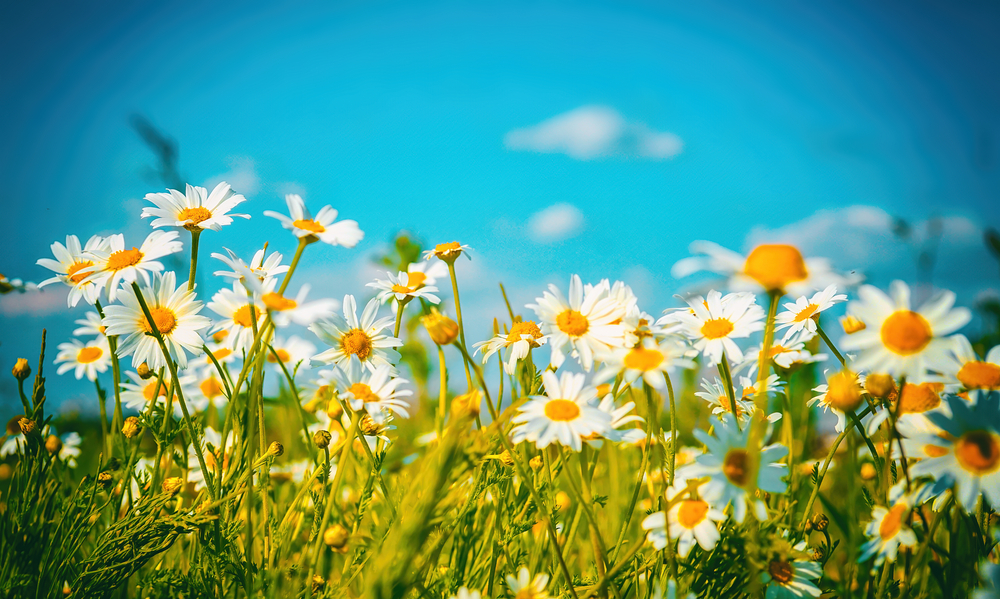
Some say that chamomile’s use to treat illnesses is a key reason that it is the national flower of Russia. However, Russia has attached a significance to the flower that is not understood by many outside of the country.
Russia associates chamomile with wishes and dreams, and a gift of chamomile conveys “may all your dreams and wishes be fulfilled.”
The origin of the Roman chamomile as the national flower of Russia goes back to the evolution between the Asian west and the Russian Federation, the name for the new Soviet Union after the dissolution of the U.S.S.R. in 1991.
The flower, an original native to the western side of Asia, was named the official flower in 1998.
Today, chamomile is used as often as ginseng for medicinal purposes and as a spiritual tonic to heal and provide energy for growth and vitality.
In addition to being revered in Russia, chamomile has a number of practical uses.
Uses of Chamomile

Chamomile is widely known across the world as being a medicinal plant that treats a number of physical ailments.
It can be used to treat everything from burns to bad stomachs and is also good at helping people sleep better. It is a common homeopathic treatment for asthma as well.
Other uses for chamomile include the treatment of inflammation, fever, and even some nerve complaints. It is a common treatment for stress and anxiety and helps people to relax.
It is also commonly used to treat colic in babies. Chamomile can also be used as a mouth rinse, to help treat teeth or gum problems – even canker sores can be treated with chamomile.
Chamomile is extremely effective in healing any kind of wound or abrasion, inside or outside of the body, over time.
It also has a natural antibiotic component to it that helps keep wounds clean and germ-free when used regularly.
Chamomile can be found as an ingredient in many over-the-counter concoctions for skin, stomach, and sinus therapies.
Naturally, many in Russia consume chamomile for these purposes, as do millions of people all over the world.
Discover Russia’s National Flower
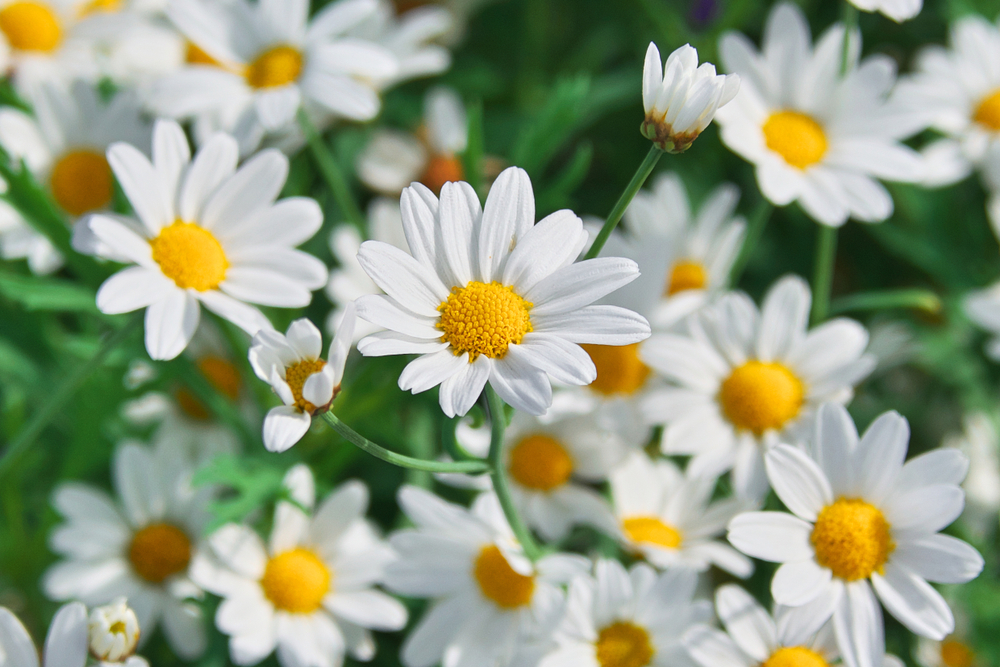
Russia’s national flower is the Roman chamomile, also known as the Matricariarecutitais.
It is a beautiful flower that lends a quaint innocence to the landscape of Russia, and to them, symbolizes dreams coming true.
Chamomile has a number of uses in everyday life in Russia and across the world. It is among the most common all-purpose herbs used to treat almost any human malady. In Russia, it is an everyday staple.
When you are searching for your next chamomile remedy, look for the Roman chamomile variety and see if it makes a difference. It is said to be more potent and effective than other varieties.
And, as legend has it, it may make your wishes come true.

